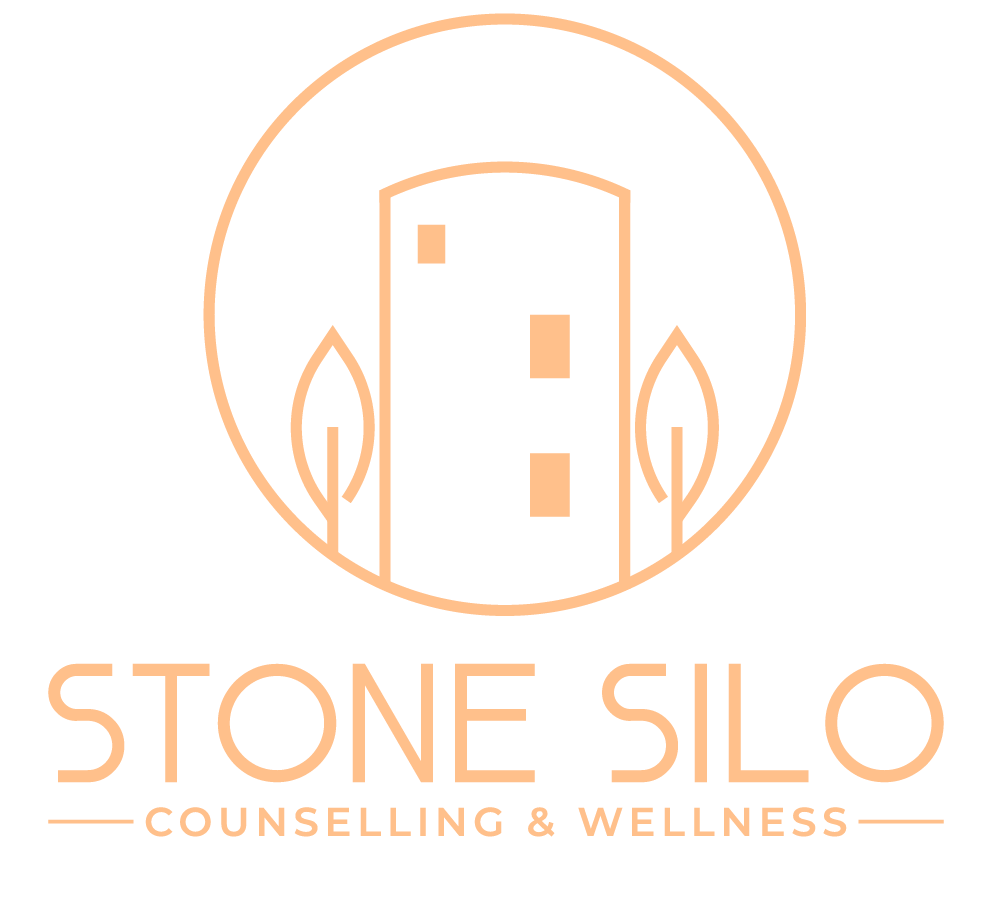Art Therapy is a fascinating approach that taps into the power of creativity to promote emotional healing and self-expression. Contrary to common misconceptions, it’s not just for children, nor is it reserved for those with exceptional artistic talent. You don’t need to consider yourself an artist to benefit from art therapy.
At its core, art therapy blends psychology and creativity to provide a therapeutic outlet for individuals of all ages and backgrounds. Instead of relying solely on verbal communication, you’ll use various artistic mediums such as painting, drawing, sculpting, or collage to convey your thoughts, feelings, and experiences. This process allows for a deeper exploration of emotions and issues that you may be challenging to express verbally.
One of the most beautiful aspects of art therapy is its emphasis on the process rather than the result. Unlike traditional art classes, where there may be pressure to create something aesthetically pleasing, art therapy encourages you to focus on the act of creation itself. There are no rules or judgments; instead, the emphasis is on self-exploration and personal growth. Art therapy can be messy and ugly, especially when expressing the gritty and raw aspects of yourself. But don’t worry, we’re here to help guide you every step of the way.
Through art therapy, you can gain insight into your emotions, develop coping skills, and find healing in your creativity. Art Therapy provides a safe and supportive environment where you can freely express yourself without fear of criticism while offering a profound journey of self-discovery and healing.
Art therapy as a tool for relaxation and stress reduction
Art therapy is a powerful relaxation and stress reduction tool, utilizing creative activities such as painting, drawing, or sculpting as therapeutic outlets. Engaging in these artistic endeavours promotes mindfulness, allowing you to focus on the present moment and find a sense of calm amidst the pressures of your daily life.
Finding moments of tranquillity in your everyday life can become increasingly difficult as your life gets busier. Art therapy offers you a sanctuary where you can escape the stresses of everyday life and immerse yourself in the soothing rhythm of creation. Whether it’s swirling colours on a canvas, shaping clay with gentle hands, or sketching lines that mirror the contours of the mind, the act of artistic expression provides a refuge from the chaos.
Art therapy also encourages a holistic approach to self-care, recognizing the interconnectedness of mind, body, and spirit. By engaging in creative activities, you can alleviate stress, nurture your emotional well-being, and cultivate a sense of inner peace.
Amidst the hustle and bustle of modern living, one of the most significant sources of stress often stems from work demands. However, by incorporating art therapy into our routines or workplaces, we can carve out moments of serenity and replenish our resilience.
Impact of stress on employees and their productivity
The impact of stress from your job extends far beyond mere feelings of tension; it directly affects productivity, mental health, and overall well-being in the workplace. Stress inhibits creativity and problem-solving abilities, hindering our capacity to innovate and adapt to challenges effectively. When stressed, we often struggle to think, make decisions, and generate new ideas, decreasing performance and productivity.
Chronic stress can take a severe toll on our mental health, contributing to feelings of anxiety, depression, and burnout. These conditions diminish job satisfaction and increase absenteeism and turnover rates, further exacerbating productivity losses.
Art therapy can help with this. We can use it as a powerful outlet for addressing workplace stress. You and your co-workers can release pent-up tension, express emotions, and regain control over your thoughts and feelings by engaging in creative activities. Art therapy provides a safe space for everyone to explore and process their stress.
Champion an initiative to get art therapy into your employee wellness program, so your mental health can be supported to benefit you and the organization you work for.
In addition to individual benefits, art therapy can also be a powerful tool for team building and creating a positive workplace culture. Your workplace can integrate art therapy into team-building activities, retreats, and social events to promote collaboration, communication, and trust.
A certified art therapist can lead sessions to help provide guidance and support to you and your co-workers. By investing in art therapy initiatives, companies, like yours, can create a supportive and inclusive work environment where employees feel valued, engaged, and empowered to thrive personally and professionally.
Art therapy offers a multifaceted approach to addressing various mental health and well-being aspects. From providing a therapeutic outlet for stress reduction to fostering creativity and problem-solving skills to team building and trust the benefits of art therapy are undeniable. By incorporating art therapy into workplace culture, companies can improve employee productivity and satisfaction and cultivate a more supportive and cohesive team environment.
Remember art therapy is accessible to individuals of all ages and artistic abilities, making it a versatile tool for personal growth and self-discovery. Whether through individual sessions or team-building workshops, art therapy provides a safe and inclusive space for exploring emotions, building resilience, and enhancing communication skills.
If you’re looking to get started with art therapy either individually or as a team, our Art Therapist is ready to help you harness the power of creativity. At Stone Silo we provide the expertise and support you need to embark on a transformative journey toward mental and emotional wellness. Take the first step towards a healthier and more fulfilling life with art therapy and contact us today.


